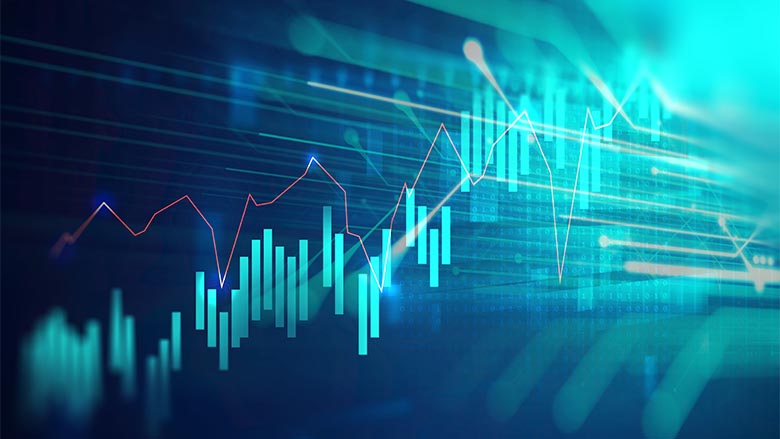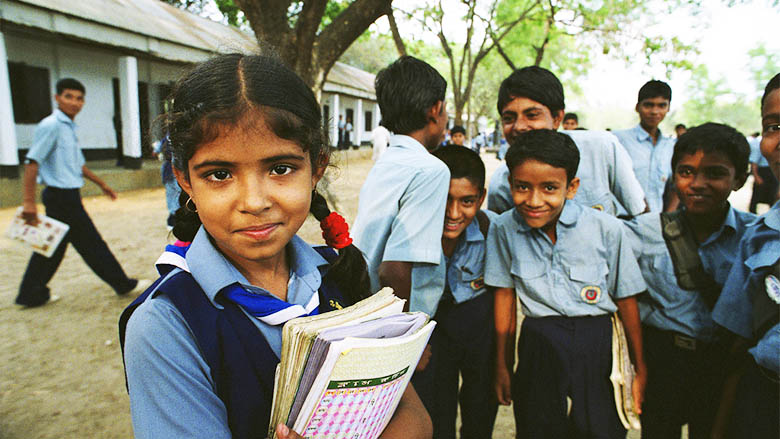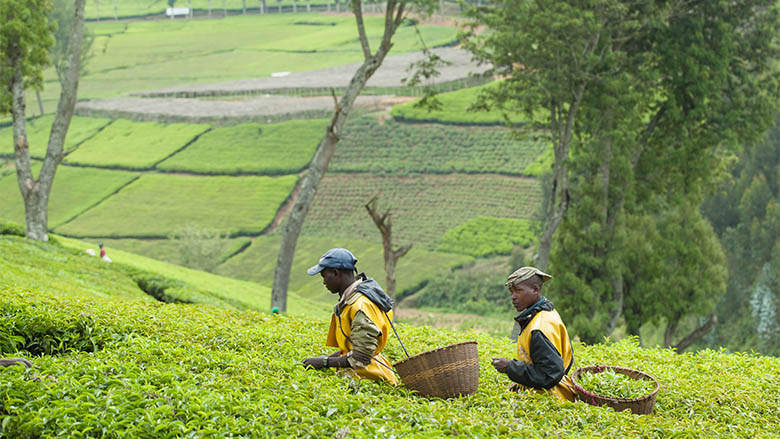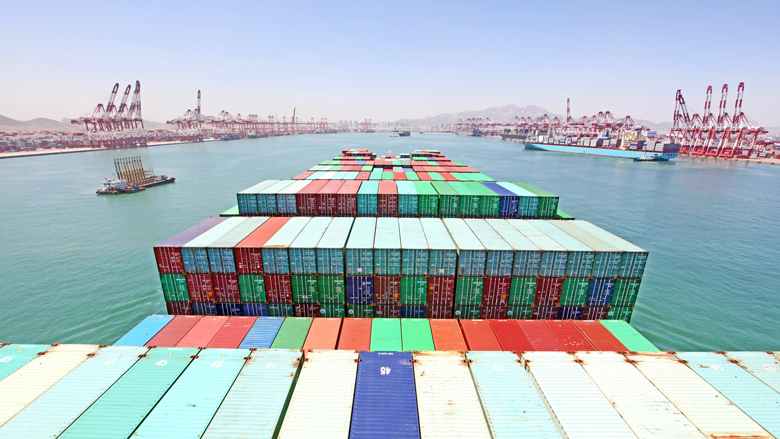
This research program focuses on understanding the role of the financial and private sectors in promoting economic development, and reducing poverty and identifying policies to improve their effectiveness. Learn more ›
This research program studies the determinants of macroeconomic outcomes (especially growth), how those outcomes are linked to institutions and resource allocation at the micro level, and the role of governments in raising and allocating resources. Learn more ›

This research program conducts research across a wide range of topics that broadly covers issues related to improving the wellbeing of people, particularly less well-off individuals, with the aim of enhancing sustainable, upward economic and social mobility. Learn more ›

Lasting poverty reduction requires sustainable natural resource management as well as infrastructure development. This research program encompasses energy, environment, land, agriculture, water, climate change, biodiversity, and urbanization. Learn more ›

This research program seeks to better understand the role of international trade in goods and services, foreign direct investment, and migration in economic development. Learn more ›
